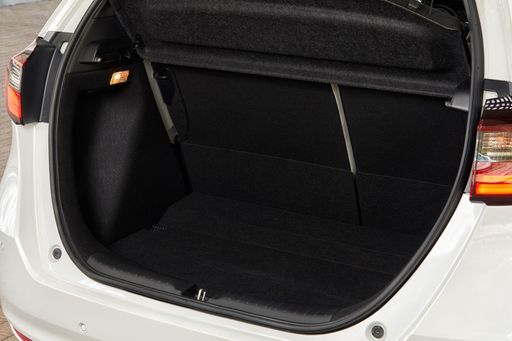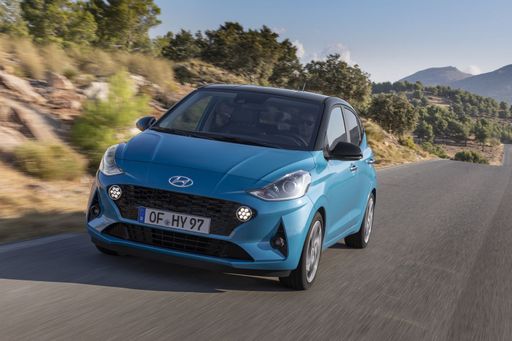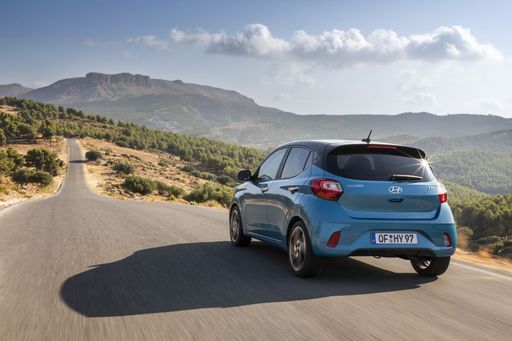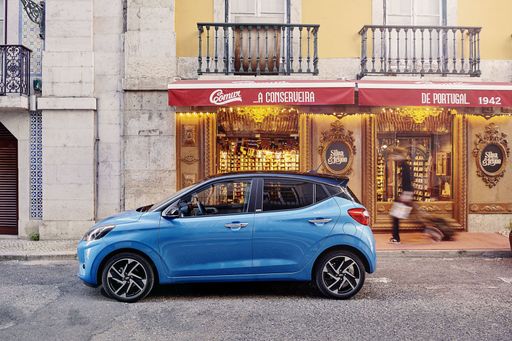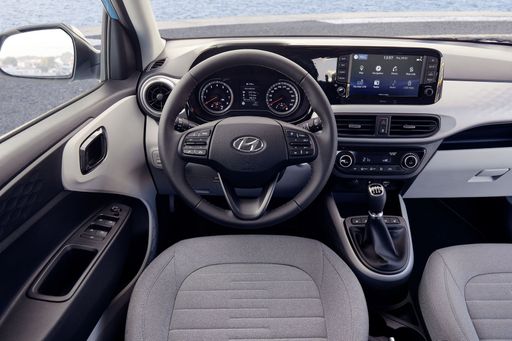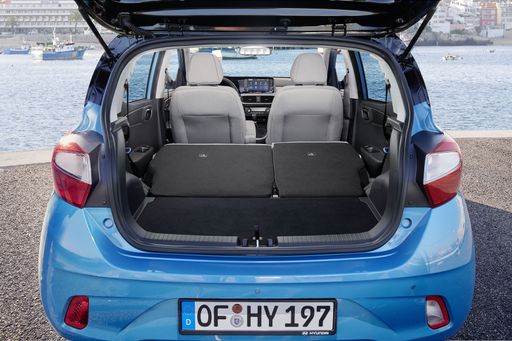The Battle of the Hatchbacks: Honda Jazz vs. Hyundai i10
In the bustling world of compact cars, two contenders stand out: the Honda Jazz and the Hyundai i10. Both hatchbacks offer a perfect blend of practicality and innovation, but which of these two should you park in your driveway? Let's dive into the technical aspects and innovations of these urban warriors to find out.





